A basin wrench is a tool used for tightening or loosening nuts in hard-to-reach spaces, particularly those under sinks. It's handy for plumbing tasks, allowing easy access to fasteners in confined areas.
Hey DIY enthusiasts! Ever found yourself struggling to tighten or loosen nuts in hard-to-reach places? Enter the unsung hero of plumbing projects – the basin wrench. As a fellow home improvement enthusiast, I get it. In this blog post, we'll delve into the world of basin wrenches, exploring what they are, why they're indispensable in the toolkit, and how they can make your plumbing adventures a breeze. Let's turn those challenging plumbing tasks into a piece of cake!
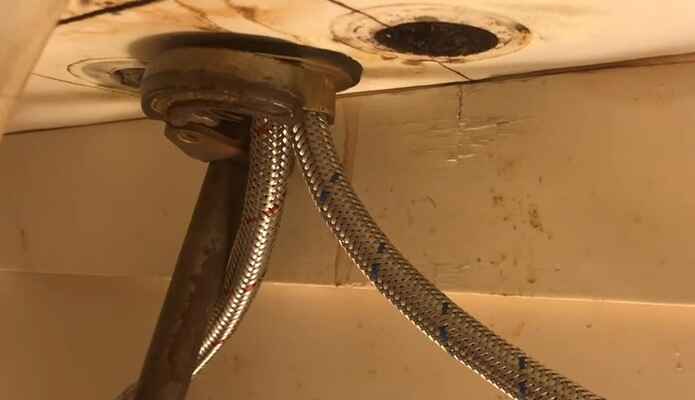
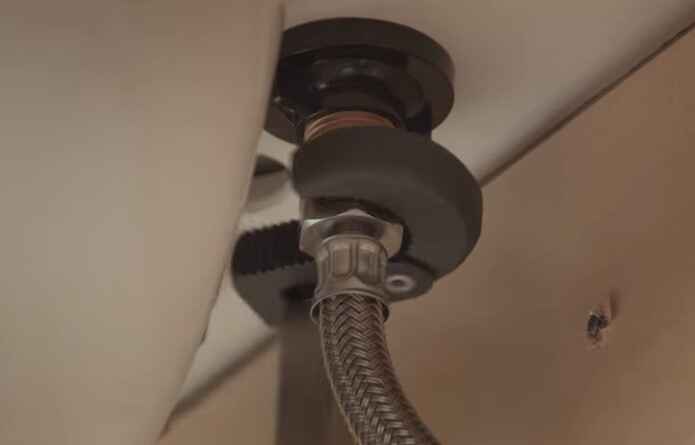
A basin wrench is most commonly used to remove and install a kitchen sink. It can also be used for other bathroom fixtures, such as the toilet or tub drain.
The best time to use a basin wrench is when the plumbing fixture is already exposed. For example, if you're replacing a kitchen sink, the old sink will be removed, and the new sink will be installed. This is when you use a basin wrench to tighten or loosen the connections between the plumbing fixture and the water supply lines or drainage pipes.
If you cannot expose the plumbing fixture, you can still use a basin wrench by reaching into the opening with pliers or channel-lock pliers. Wear protective gloves when using pliers, as they can cause cuts or scrapes.
Once the basin wrench is in place, turn it clockwise to loosen the connections or counterclockwise to tighten them. If you're having trouble loosening a connection, try tapping the wrench with a hammer to help break it free.
When you're finished, remove the basin wrench and store it in a safe place for future use.
What is a basin wrench used for?
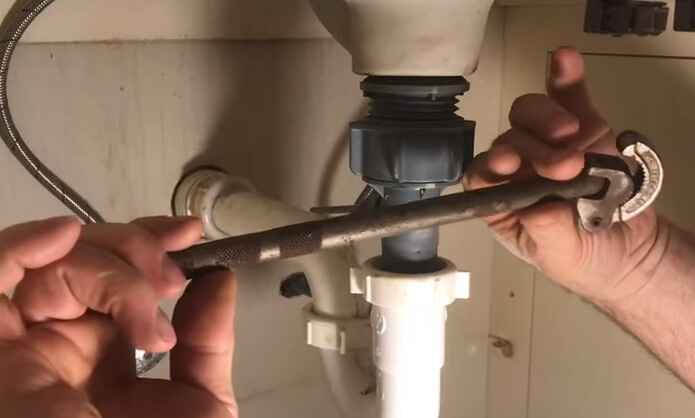
A basin wrench is a versatile tool that can be used for various tasks around the home. Here are 15 different ways you can put this handy tool to use:
1. Loosening or tightening faucet nuts:
If you need to remove a faucet for repairs or replacement, a basin wrench is an ideal tool for loosening or tightening the retaining nuts.
2. Reach tight spaces:
A basin wrench's long, slender design allows you to reach tight spaces that would be difficult to access with a regular wrench.
3. Remove stuck nuts:
If a nut is stuck and won't budge with a regular wrench, try using a basin wrench. The wrench's jaws can grip the nut more securely, making it easier to break loose.
4. Install shut-off valves:
A basin wrench can tighten the retaining nuts when installing new shut-off valves under a sink.
5. Remove showerheads:
If you need to remove a showerhead for cleaning or replacement, a basin wrench can loosen the retaining nut.
6. Install sink strainers:
A basin wrench can tighten the retaining nut when installing a new sink strainer.
7. Reach around obstacles:
The long handle of a basin wrench can be used to reach around obstacles, making it easier to access hard-to-reach nuts and bolts.
8. Use as a cheater bar:
If you need extra leverage to loosen a stubborn nut or bolt, you can use the handle of the basin wrench as a cheater bar.
9. Loosen tight screws:
The jaws of a basin wrench can be used to grip and loosen tight screws. This is especially helpful if you need to remove a screw that is stripped or damaged.
10. Remove stuck nails:
If you need to remove a nail stuck in wood, you can use the jaws of a basin wrench to grip and pull it out.
11. Cut through stubborn materials:
The sharp jaws of a basin wrench can be used to cut through stubborn materials, such as plastic or metal.
12. Use as a pry bar:
The long handle of a basin wrench can be used as a pry bar for pulling nails or opening cans.
13. Hammer in nails:
The flat head of a basin wrench can be used to hammer in nails.
14. Stop leaks:
If you need to stop a leak temporarily, you can use the jaws of a basin wrench to grip and tighten a nut or bolt.
15. Reach high places:
A basin wrench's long handle can reach high places, such as the top of a cabinet or shelf.
So, the next time you're faced with a plumbing or general household repair task, reach for your basin wrench - it just might be the perfect tool for the job!
What are some alternative names for a basin wrench?
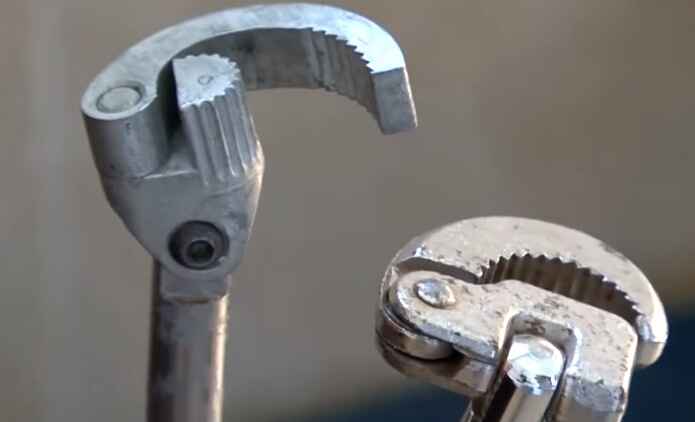
Regarding plumbing, there are a few essential tools that every homeowner should have on hand. One of these is a basin wrench. A basin wrench is a specialized tool to tighten or loosen the nuts that secure a faucet to a sink.
While a basin wrench is an essential tool for any plumber or DIYer, it can also be called by many different names. Here are some of the most common alternative names for a basin wrench:
- Faucet wrench
- Sink wrench
- Bathroom sink wrench
- Plumbing wrench
- Water pump pliers
- Basin key
- Pipe wrench
- Adjustable wrench
- Multi-purpose wrench
- Universal wrench
- Gator wrench
- Bulldog wrench
While there are many different names for a basin wrench, the tool is essential for anyone who needs to work on their plumbing. Whether you call it a faucet or a sink wrench, make sure you have one on hand the next time you need to do some plumbing work!
Where would you find a basin wrench?
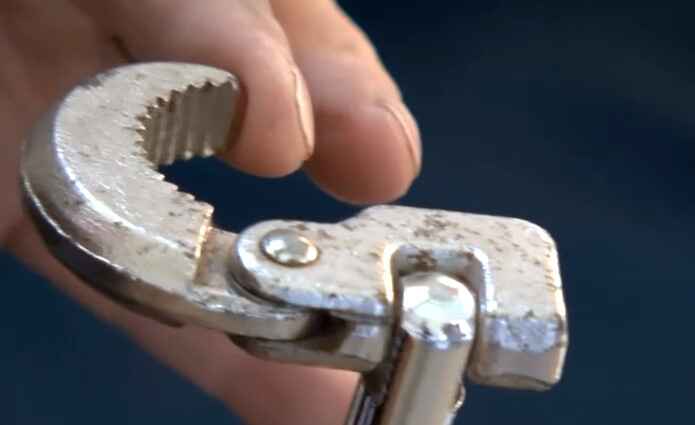
You can find a basin wrench on Amazon. This type of wrench is specifically designed for tightening and loosening the nuts that hold wash basins in place. It has a more extended arm than most wrenches, making reaching tight spaces easier.
Basin wrenches are also sometimes called plumber's wrenches. They are made from sturdy materials like steel and chromium-vanadium alloy so they can withstand a lot of wear and tear. Amazon has a wide selection to choose from if you're looking for a basin wrench.
Final Words
A basin wrench is an important tool to have in your home if you want to be able to do your plumbing. This wrench makes it easy to reach tight spaces and turn stubborn nuts and bolts. While you can use other wrenches for these tasks, a basin wrench will make the job much easier. If you don't already have one, consider investing in a basin wrench to take care of your plumbing needs.